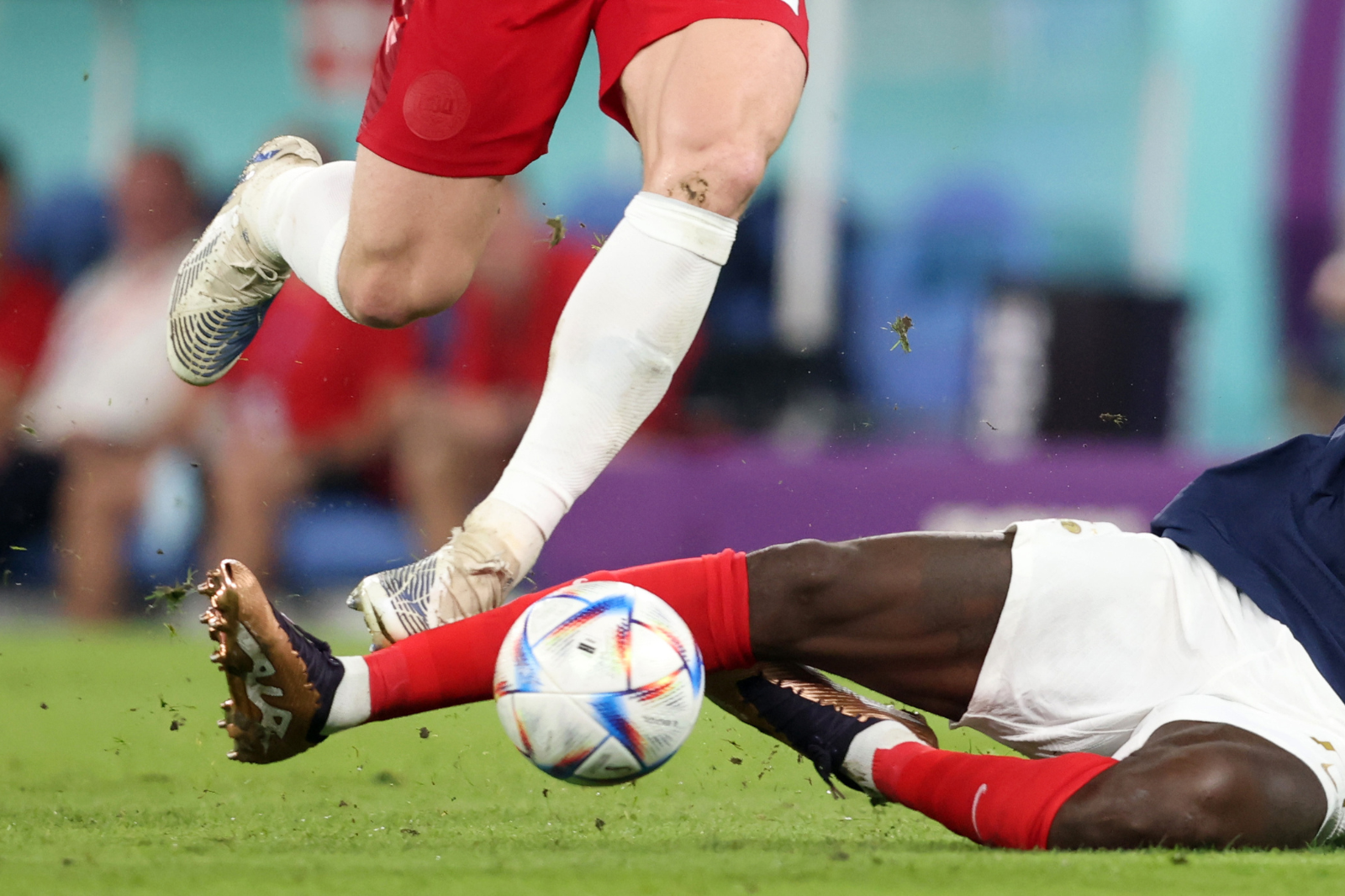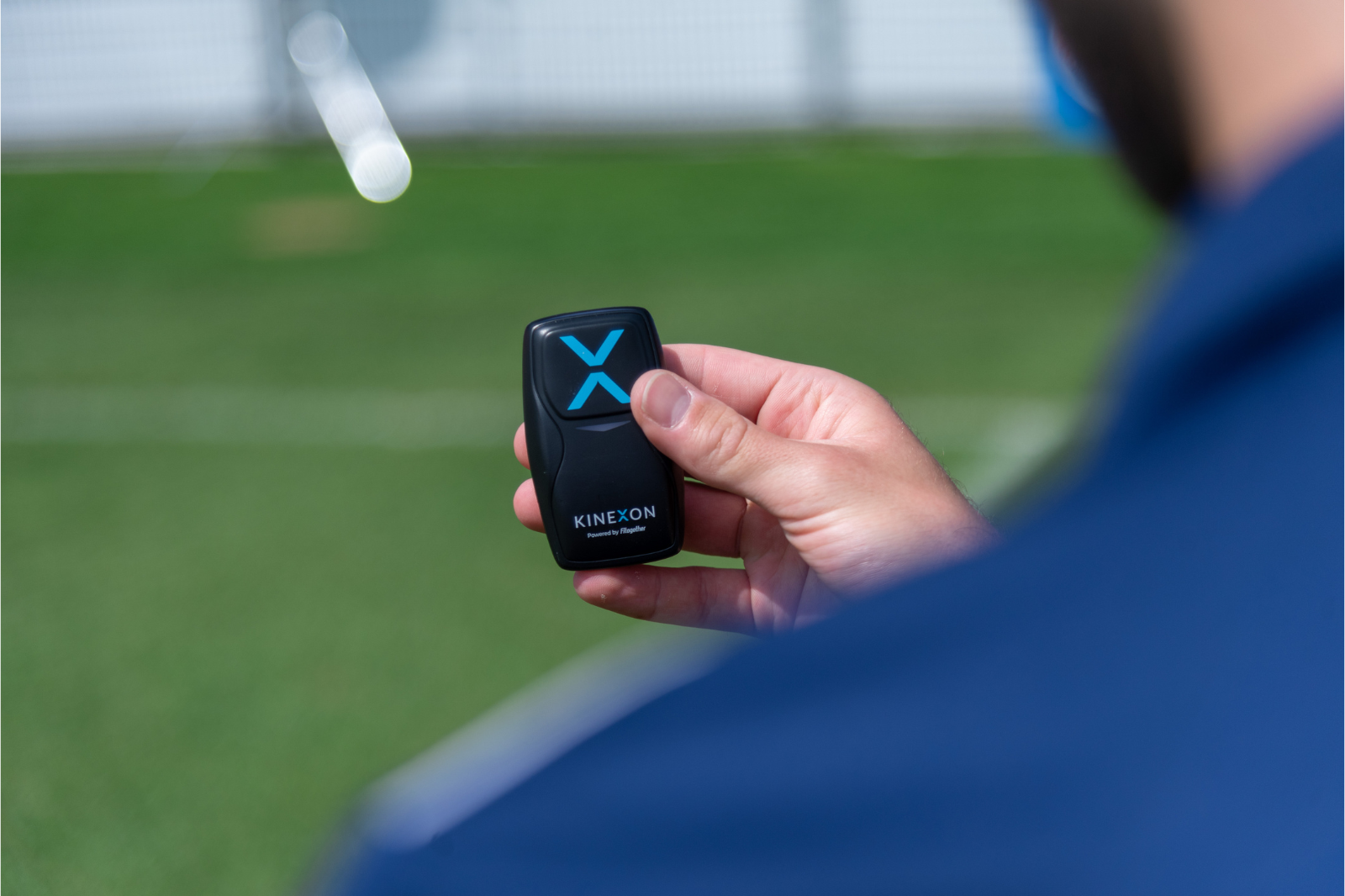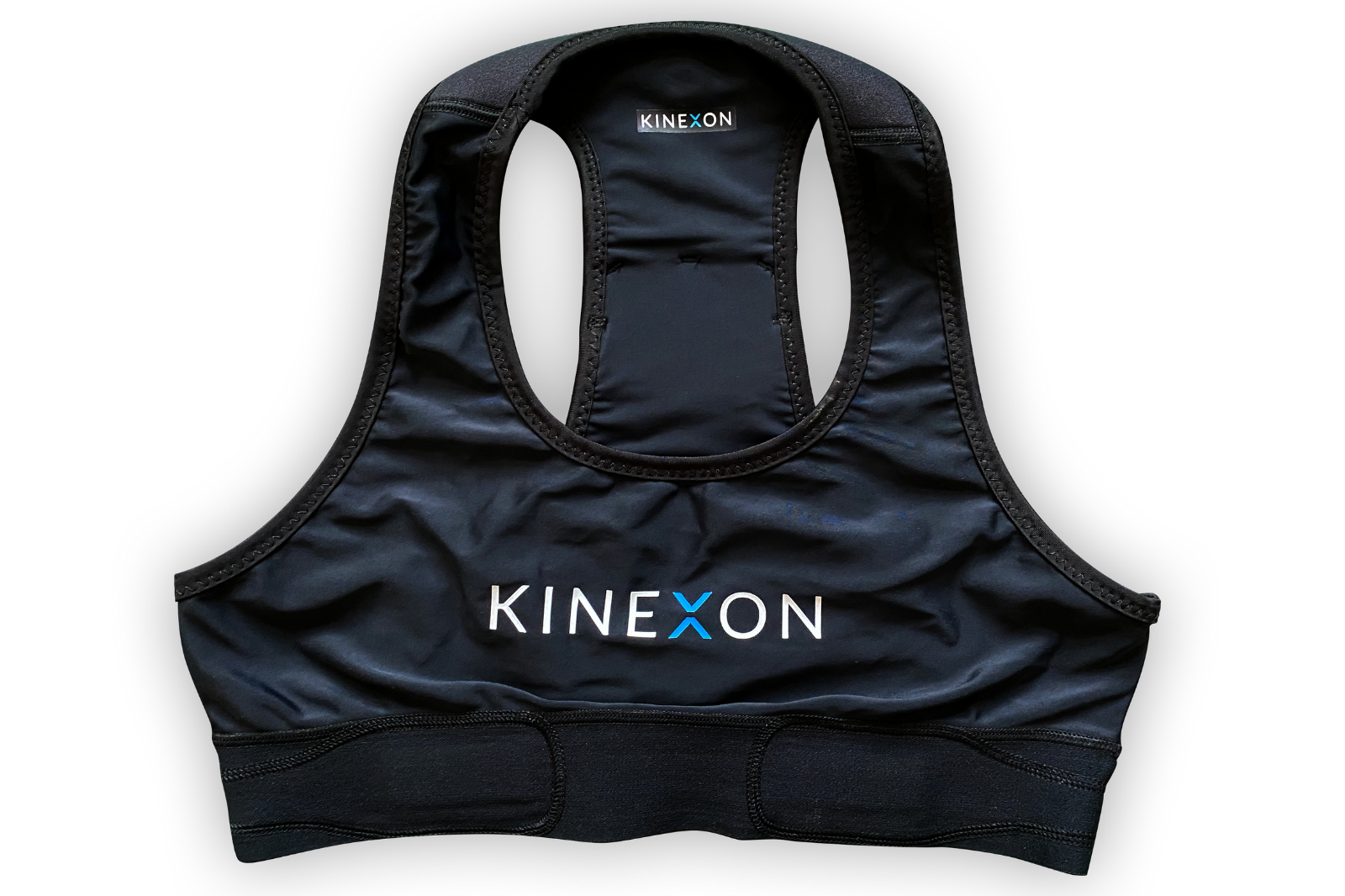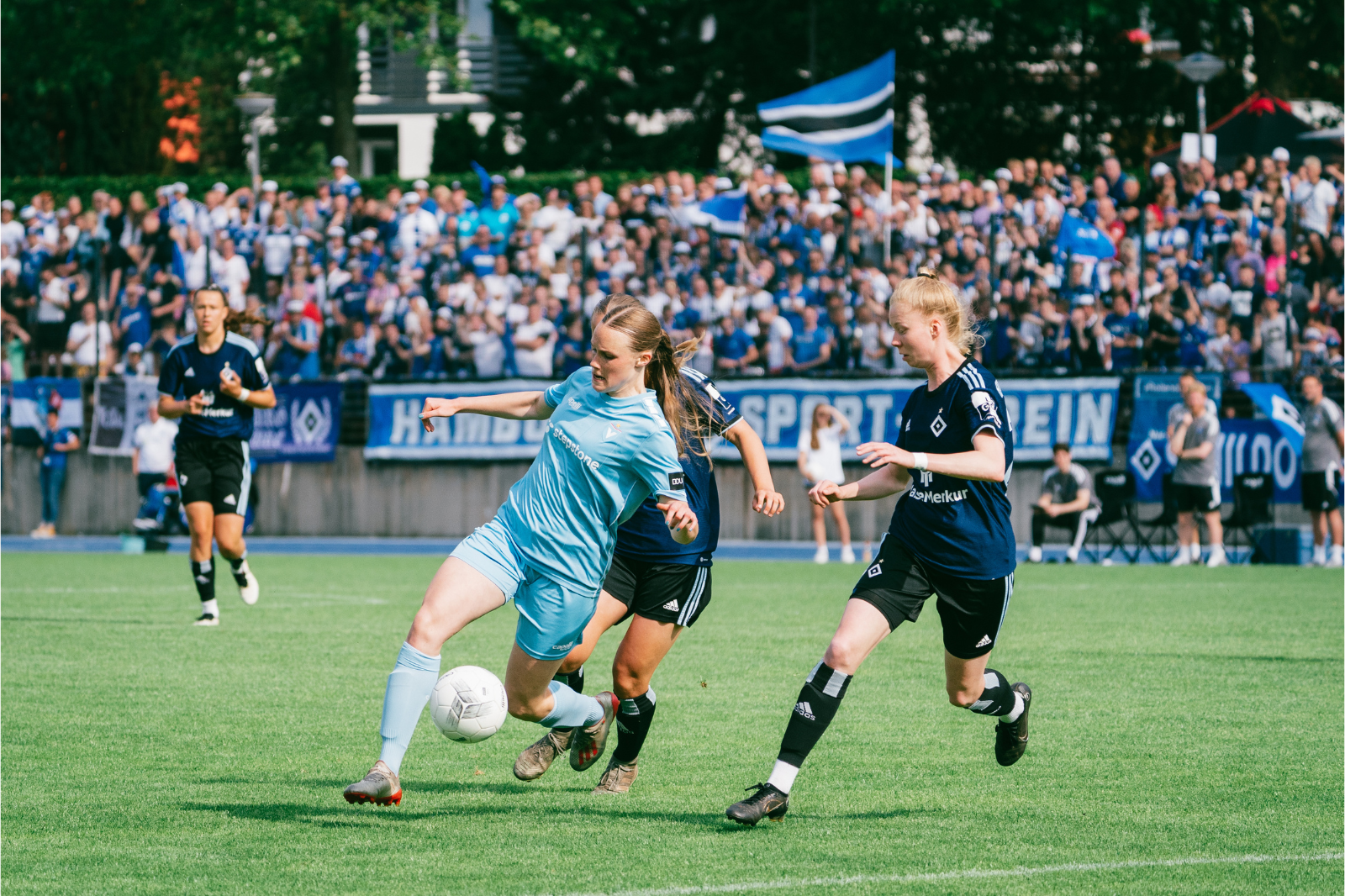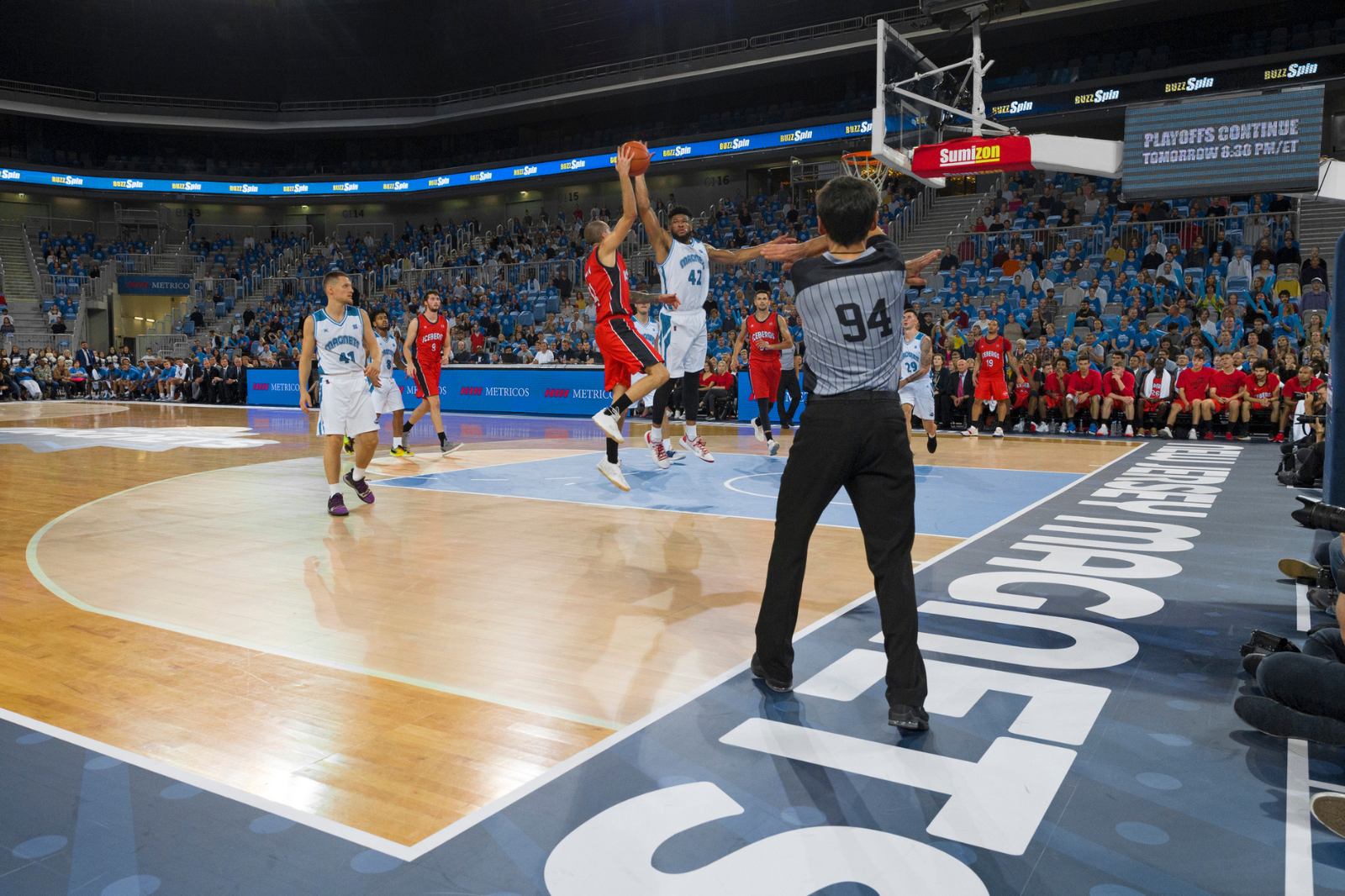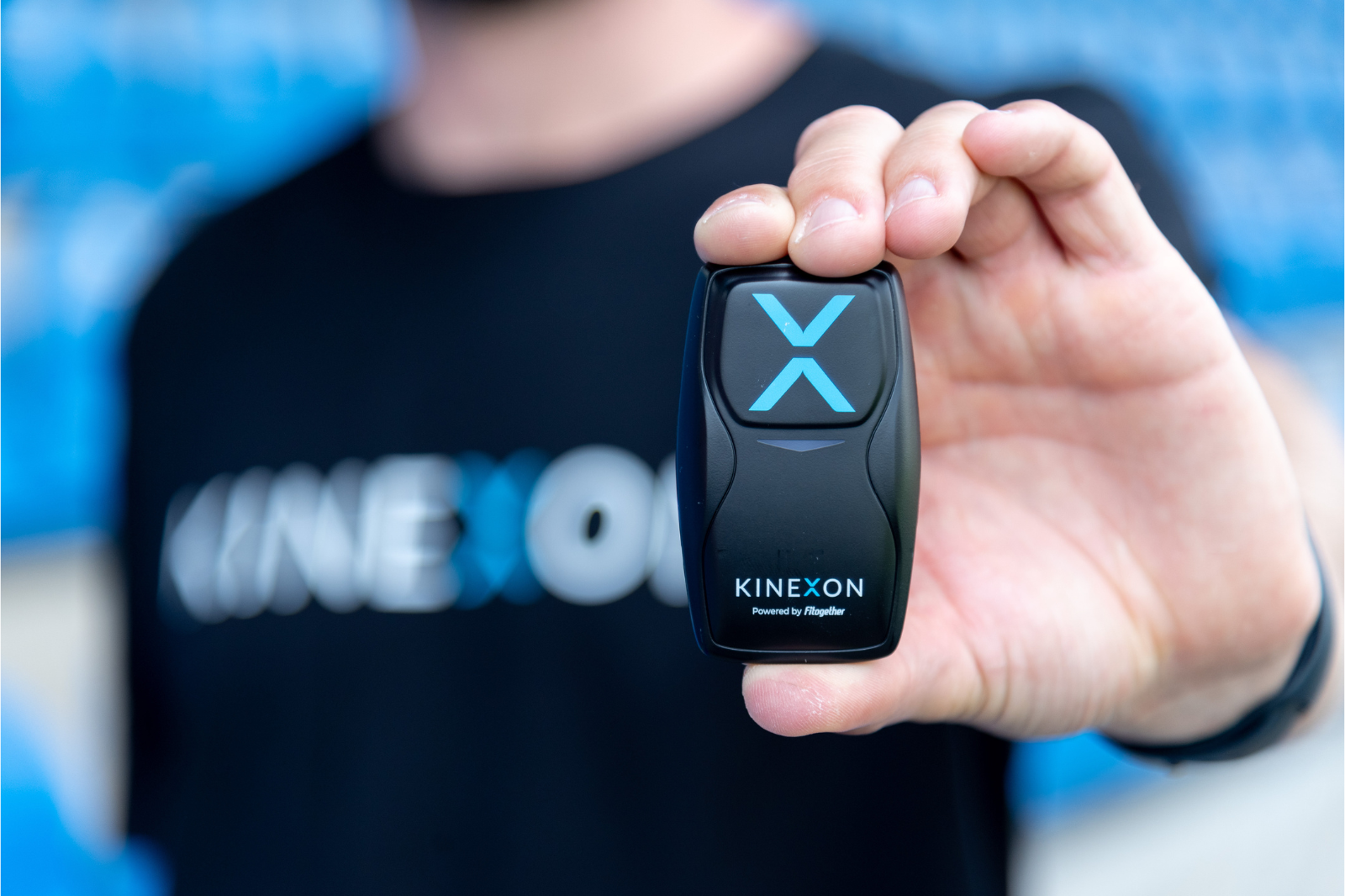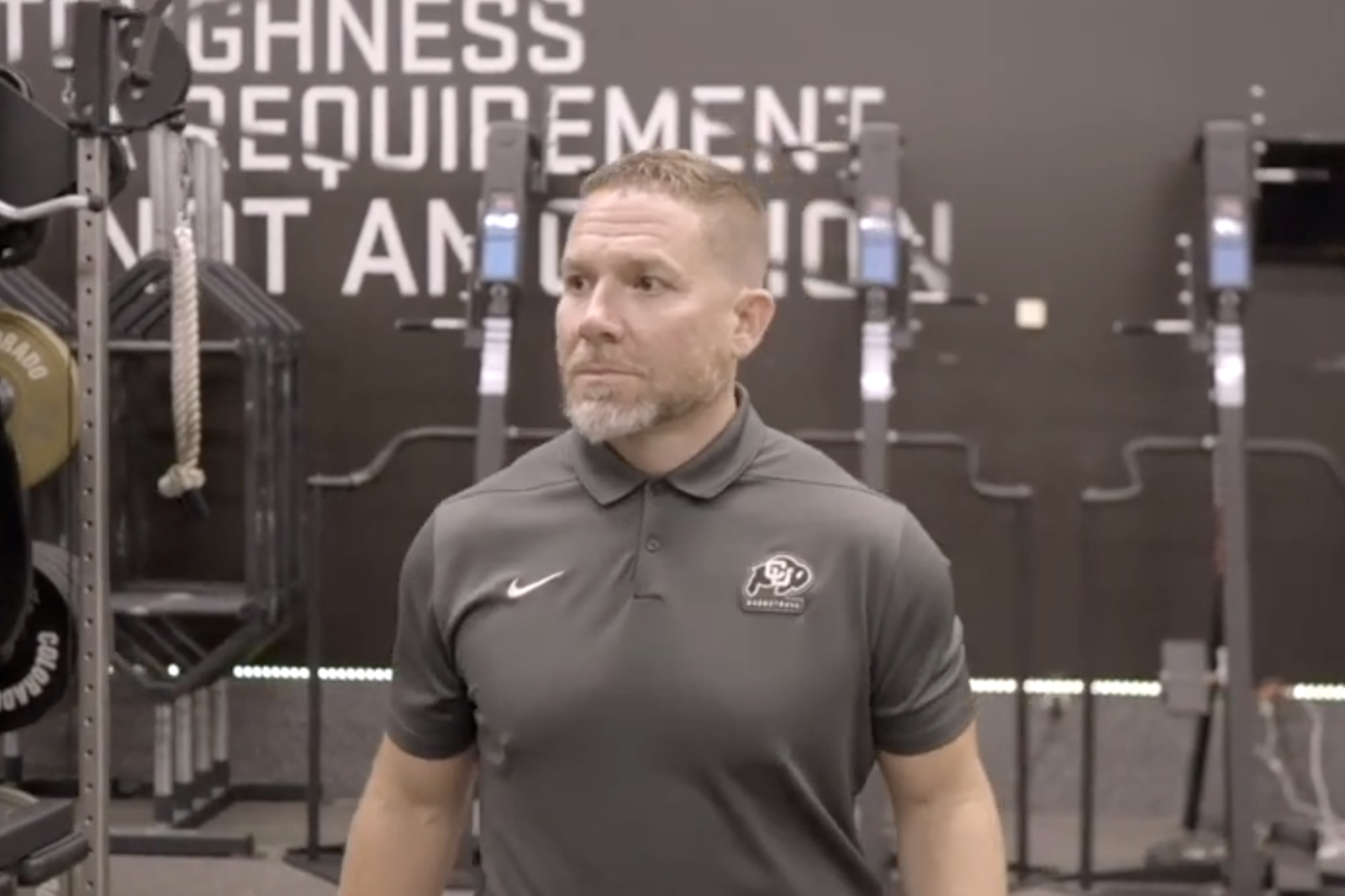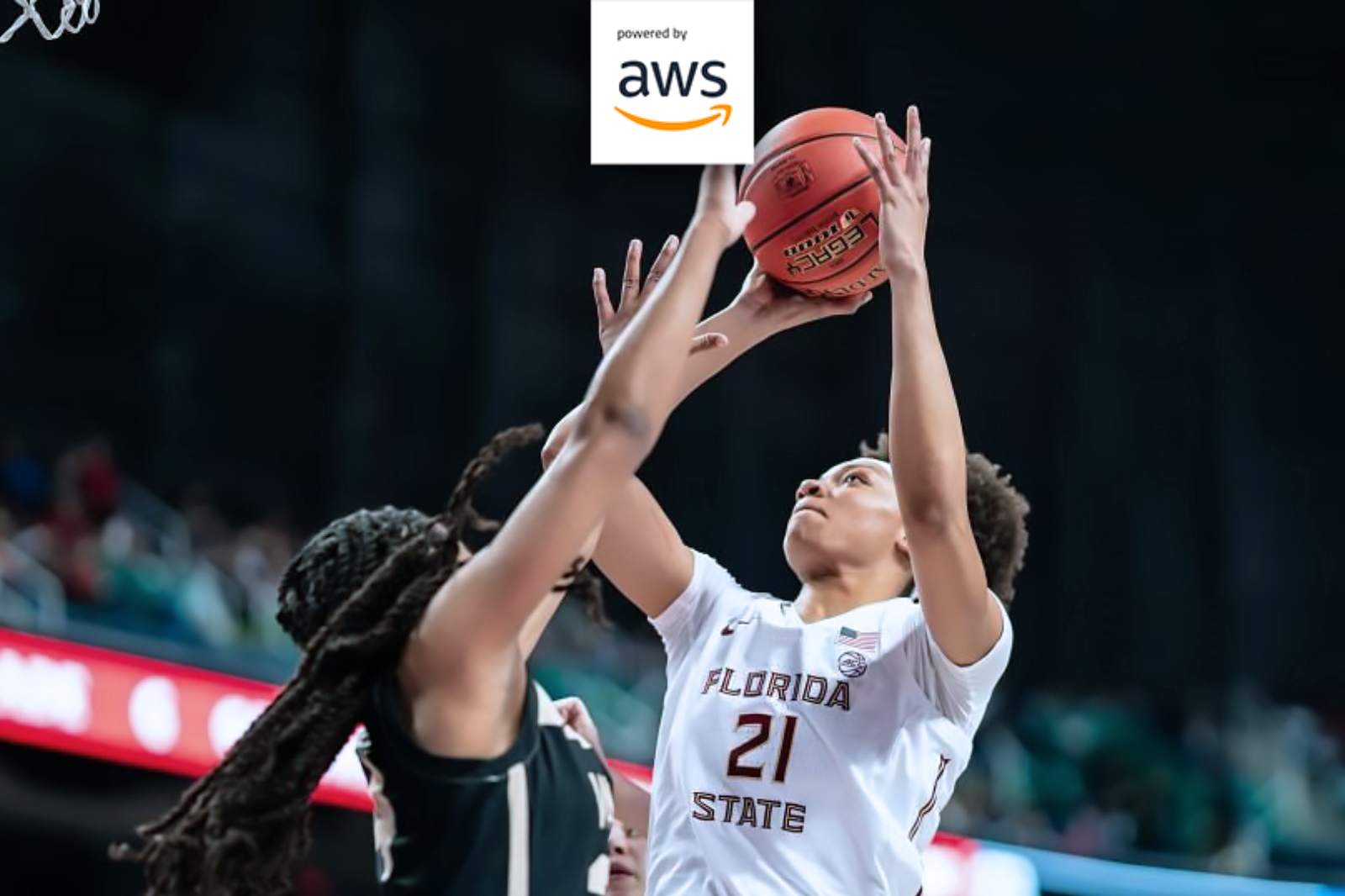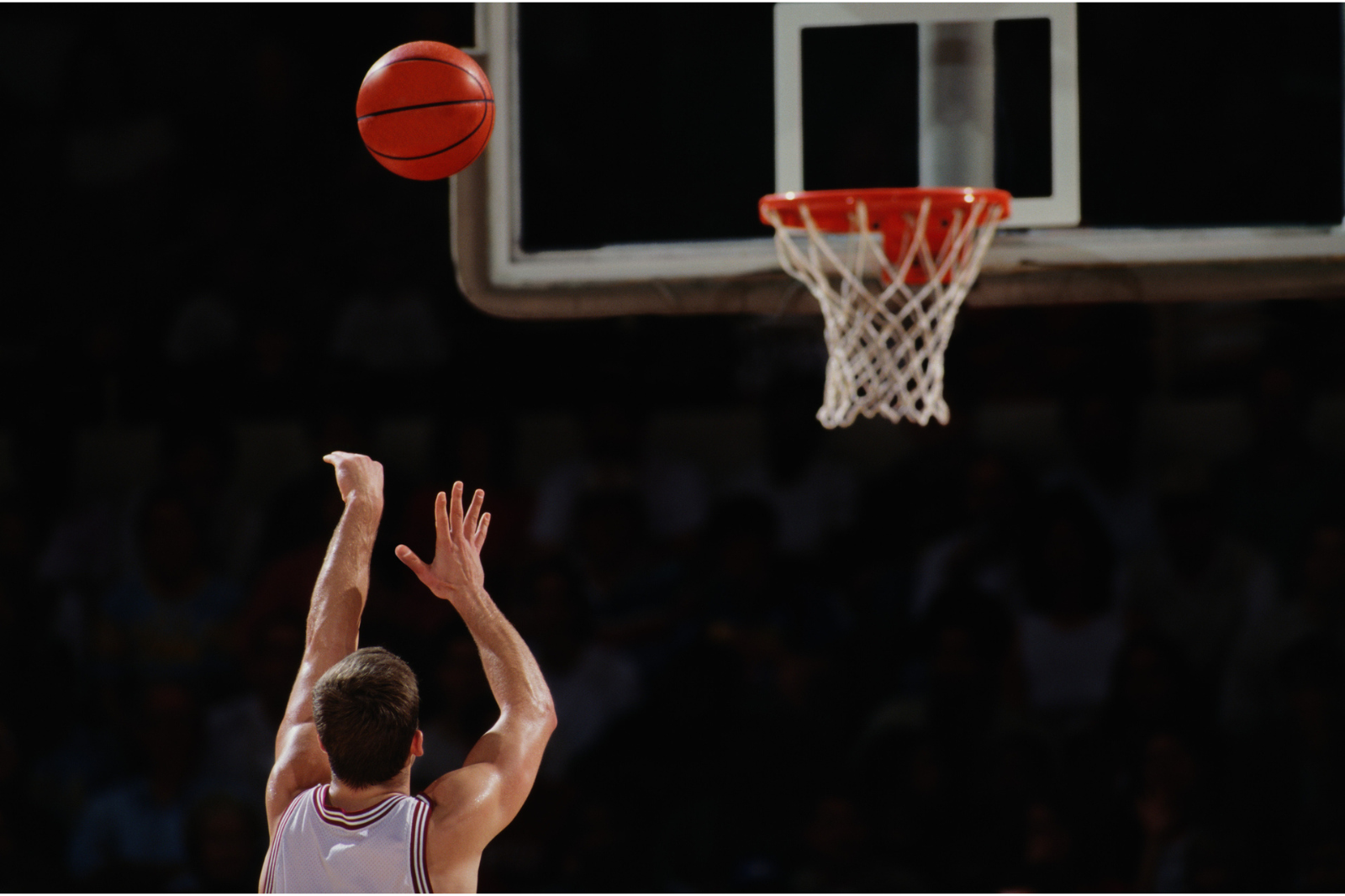Data Analytics in Sports: The Metric Trifecta - Three KPIs Every Coach Needs to Track
Author: Phil Lienemann
If you’re a coach, you already know that success relies on more than your players’ natural talent and hard work. Today, more than ever, data analytics plays a crucial role in how athletes and coaches are trying to gain a competitive edge.
Selecting the appropriate metrics to describe and visualize the demands of training and competition can be a challenge. With countless metrics to choose from, it can be a daunting task for coaches that are using technology for the first time.
Considering factors like acceptable levels of reliability and validity, relation to sport-specific demands, as well as if they can be easily interpreted by relevant stakeholders are key differentiators in using data effectively for informed decision-making. You already have so much on your plate, so this process may seem overwhelming, but it doesn’t have to be.
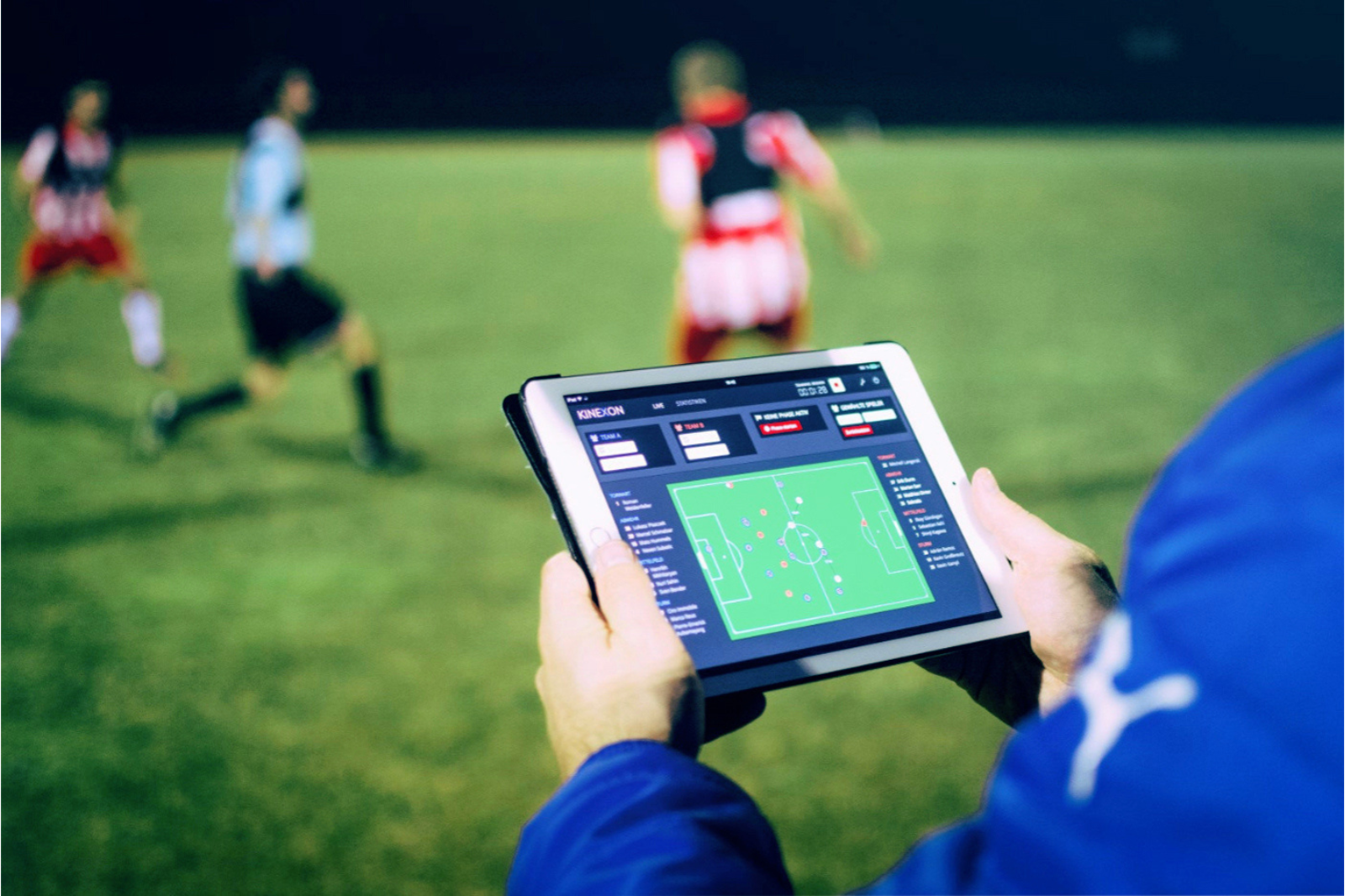
Putting data into context matters, but there seems to be the belief that, when it comes to data analytics in sports, having more metrics available is always better. In my opinion, many of your data-driven decisions can be broken down to three key data points.
So, let’s look at the top three metrics you can track to optimize your team’s performance and achieve your goals.
Top 3 Player Tracking Metrics to Monitor
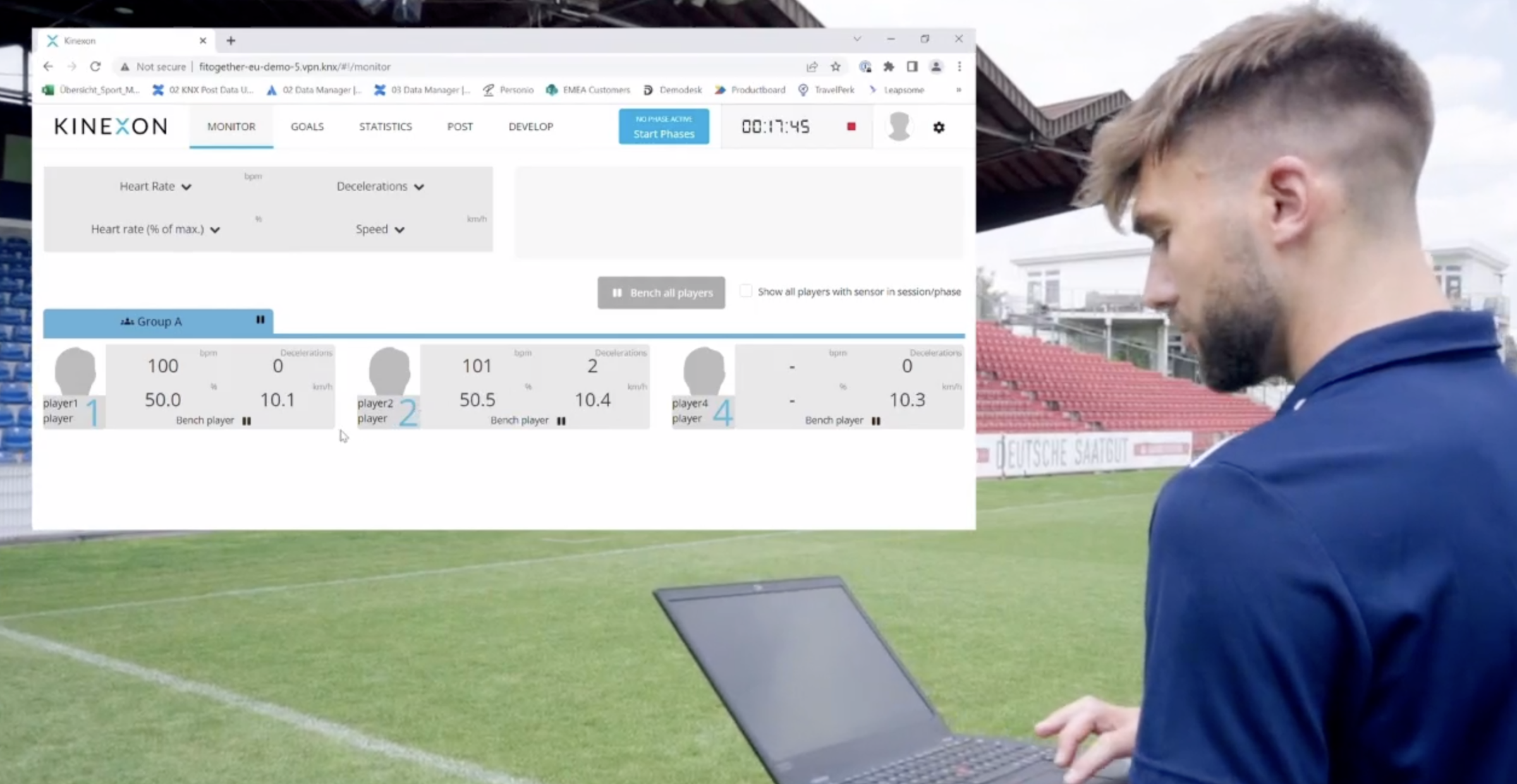
You might wonder why you would even entertain the thought of tracking only three metrics. If you’re just getting started with sports analytics and in particular player performance tracking, it’s a great way to break in.
Or maybe you’re already collecting tracking data on your players but looking for a more straightforward way to analyze it. Busting all of the information you can potentially gather down to three key points makes it easier on you, your athletes, and your coaches and performance staff.
As a coach, your first inclination may be to want as much information on your players as possible. But sometimes, less is more. Tracking multiple metrics on multiple players can add up quickly in any sport. And always trying to add new or more metrics can cause you to miss some things.

“By using the ‘metric trifecta’ of volume, intensity, and density coaches can build a holistic training model to quantify the acute and chronic stress of individual sessions, weeks, and months of training and competition. In my experience, the ‘metric trifecta’ helps you cover 95% of load management & day-to-day questions on how to structure your training effectively.”
That’s why I advise coaches in any sport — from basketball to football, soccer, volleyball, ice hockey, team handball, and many others that sticking to these three metrics may be all you need. They are…
- Volume
- Intensity
- Density
In my experience, tracking these three metrics helps you answer 95% of your load management questions. It also provides you with day-to-day insights you can use to decide how much, how hard and how often a player should practice to be ready for competition.
Adding event-based metrics can be a great addition to a well-rounded approach to tracking on-field performance, but the more metrics we add to the mix, the more complexity we face when analyzing the data. Most teams only have limited staff available to work with the collected data. Hence, it’s important to focus on the few metrics that provide the most insights to answer your question or (dis)prove your hypothesis.
And now that you know which sports data points stand out let’s talk a little bit about each one to understand better how they can help your team improve.
We’re using player tracking and demand planners to develop cycle-oriented workouts for women athletes. We’re generating women-specific metrics that will impact women athletes around the globe.
Learn more by clicking the link below.
What Is Volume?
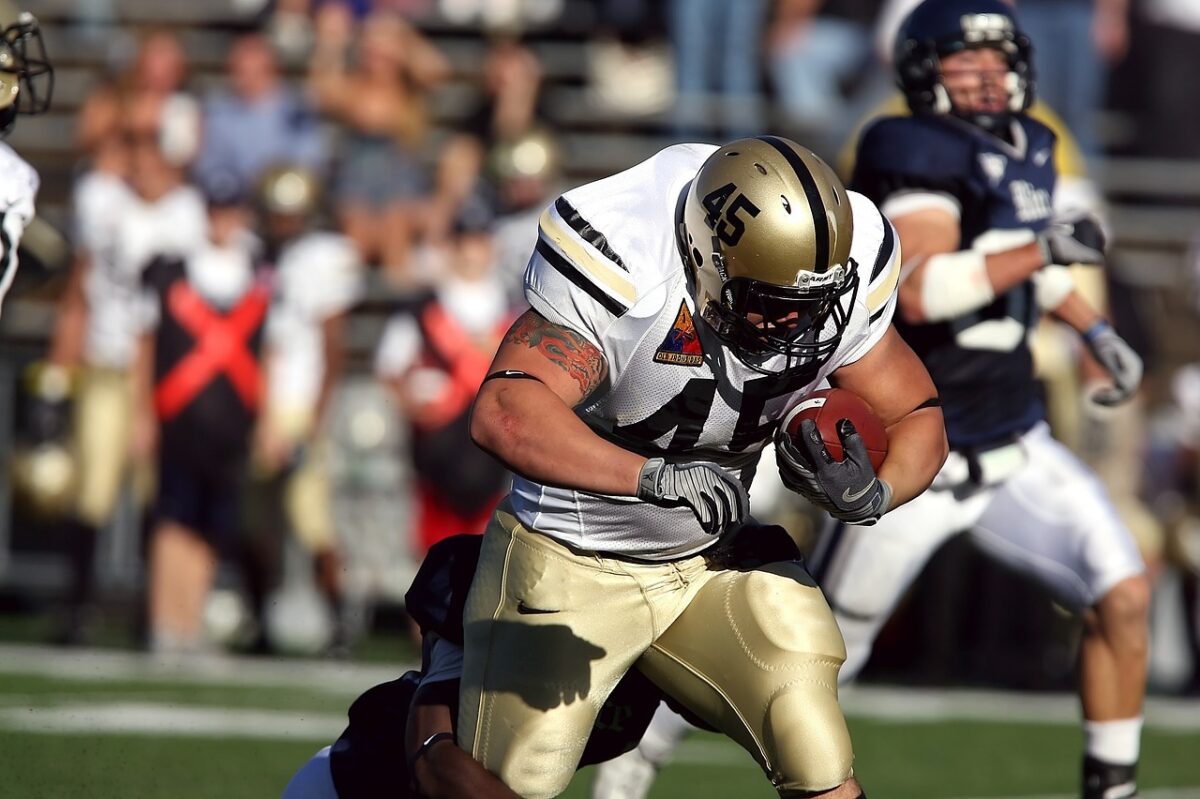
Volume describes the total amount of activity or work that is being done.
Example:
Person A runs 2 miles.
Person B runs 3 miles.
Person B runs further than Person A and has, therefore, a higher overall session load/volume.
The volume or total amount of work during a training session or game can be measured by using various metrics, including:
- Time
- Distance
- Arbitrary Load Metrics
- Accumulated Acceleration Load – based on a 3‑dimensional acceleration pattern, derived from an inertial measurement unit (IMU)
- Physio Load – a combination of distance, speed and body weight
- Mechanical Load – a combination of acceleration and deceleration events
- Jump Load – based on a 1‑dimensional (z) acceleration pattern
These are just a few examples of performance metrics you can use, but you can customize your player tracking system to fit your needs.
What Is Intensity?

Intensity can be described as the rate of work during practice or a game. Intensity refers to how much work you can do in a given time.
Example:
Person A runs 2 miles in 60 minutes (2 mph).
Person B runs 2 miles in 30 minutes (4 mph).
Person A & B run the same distance and therefore have the same volume. However, Person B runs the same distance in less time and, thus, performs at a higher rate of work/intensity.
The intensity or rate of work during a training session or game can be measured by using various metrics, including:
- Distance per minute
- Accumulated Acceleration Load per minute
- Physio Load per minute (Physio Intensity)
- Mechanical Load per minute (Mechanical Intensity)
- Jump Load per minute
Now, let’s look at density.
What Is Density?
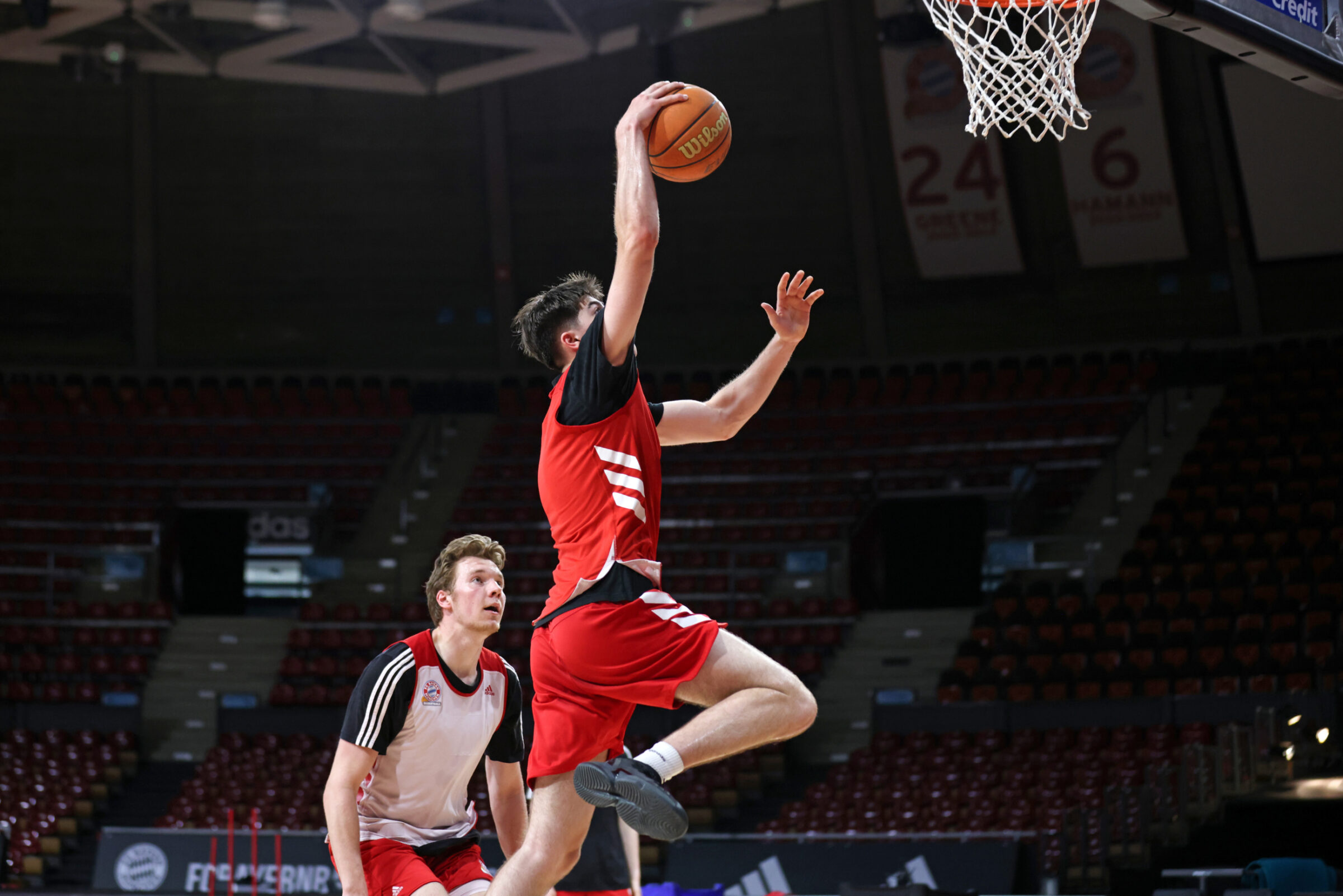
Density can be described as the frequency of repetitions your athletes perform within a specific time frame. Simply, it’s the amount of high-end work an athlete does during practice or a game.
Example:
Person A runs at a steady pace with an average of 10 mph.
Person B runs at alternating speeds and varies between sprinting & walking with an average of 10 mph.
Person A & B run the same distance in the same amount of time. Hence, they have the same average speed. Therefore, both perform at the same volume and intensity.
However, Person B alternates between sprinting & walking, which increases their exposure to very high-intensity activity and efforts.
The density or amount of high-end work during a training session or game can be measured by using various metrics, including:
- High-Speed Distance (Distance covered over a certain speed threshold)
- Sprints (runs over a certain speed threshold)
- Jumps (vertical displacement over certain height thresholds)
- Exertions (high-intensity activity over a certain acceleration load threshold)
Make Sports Analytics a Part of Your Game
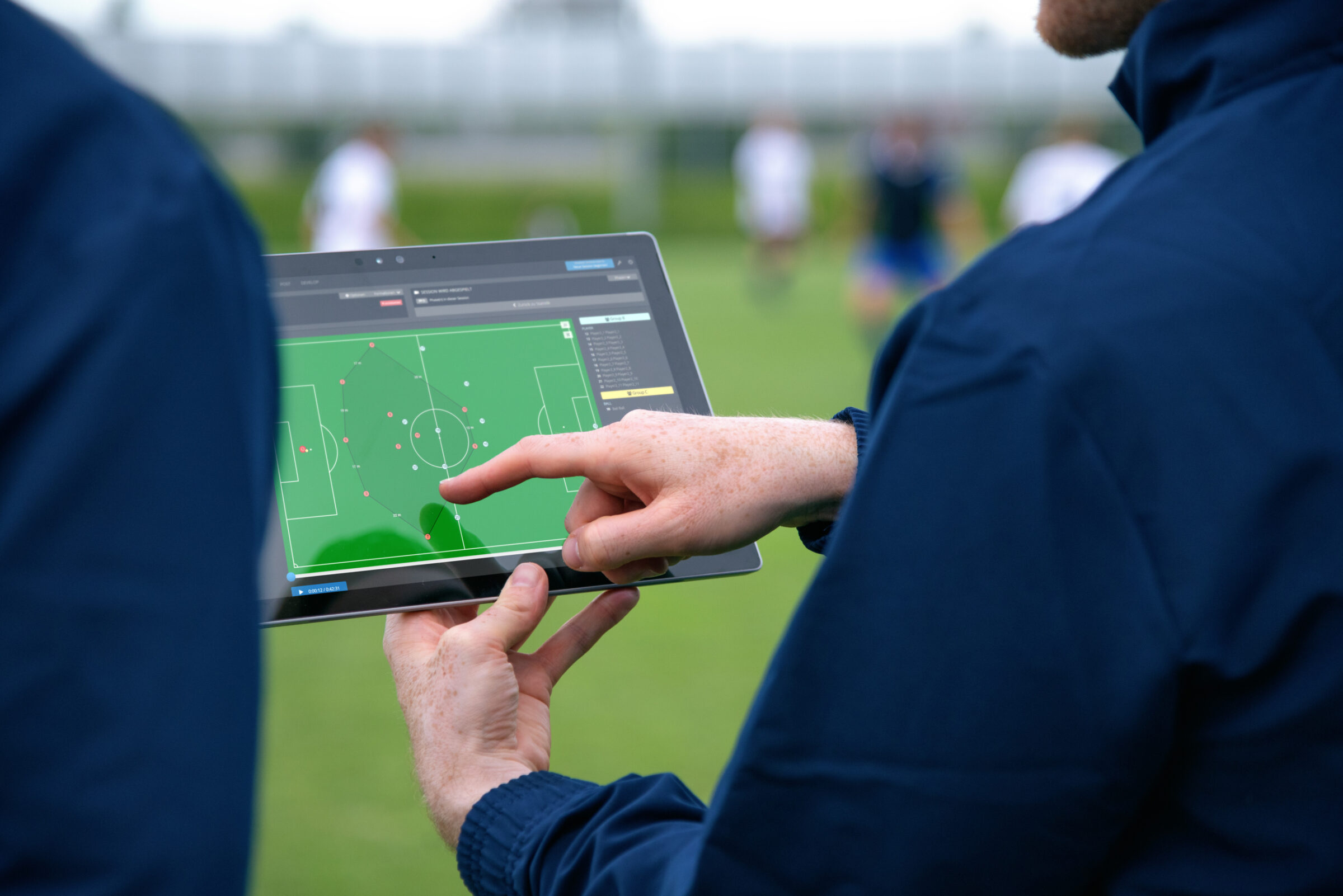
As sports continue to evolve, sports data analysis will continue to grow into an integral part of talent identification, long-term athletic development, and coaching strategies. By tracking and analyzing these three key metrics, you can make informed decisions, optimize player performance, potentially minimize injury risk, increase player availability, and collectively improve your team’s chances of success.
In the era of sports analytics, coaches who embrace data-driven approaches and understand the significance of these metrics have a distinct advantage. By leveraging the power of data, coaches can unlock their team’s full potential and achieve their goals on the field or court.
At KINEXON, we’re a sports analytics company that provides player tracking systems for any sport. We also help to teach athletes, coaches, and performance & medical staff how to use the equipment and determine which metrics should be the ones they’re tracking. In fact, education is a big part of what we do.
If you’d like to learn more about sports analytics and the insights it provides, contact us at any time. You can also download our free guide on a player tracking in basketball, but the information can be applied to almost any sport. Or check out our product brochure to find a system that’s right for you.
Want to learn more about KINEXON’s tracking solutions?
